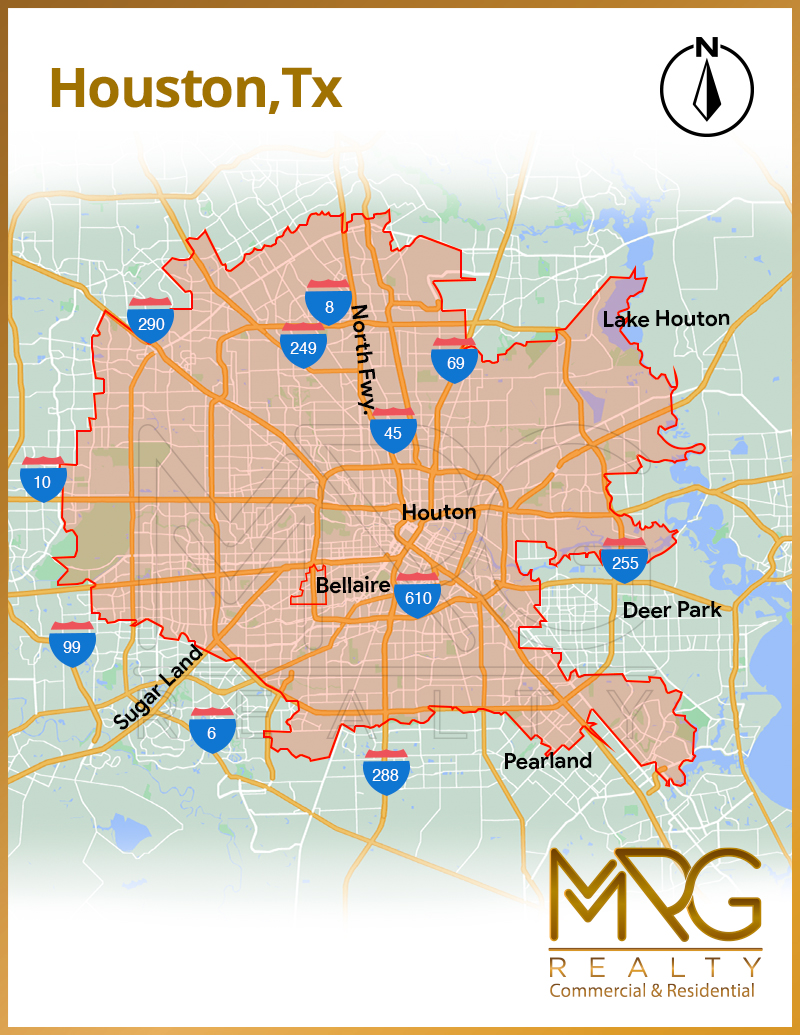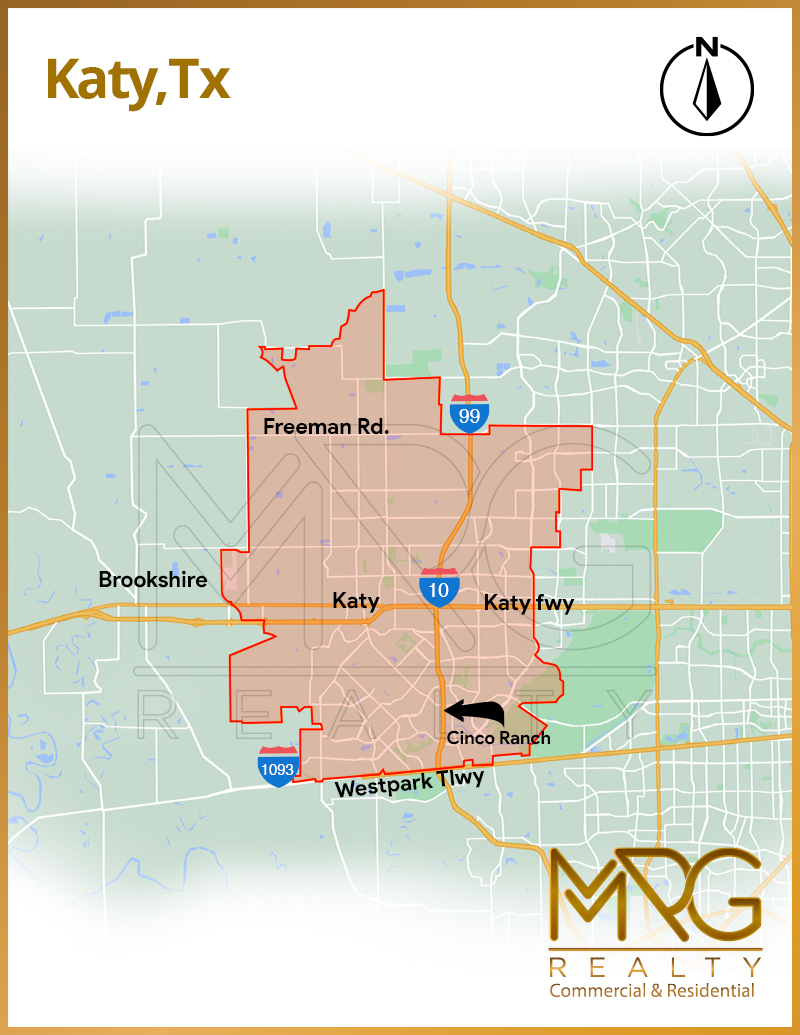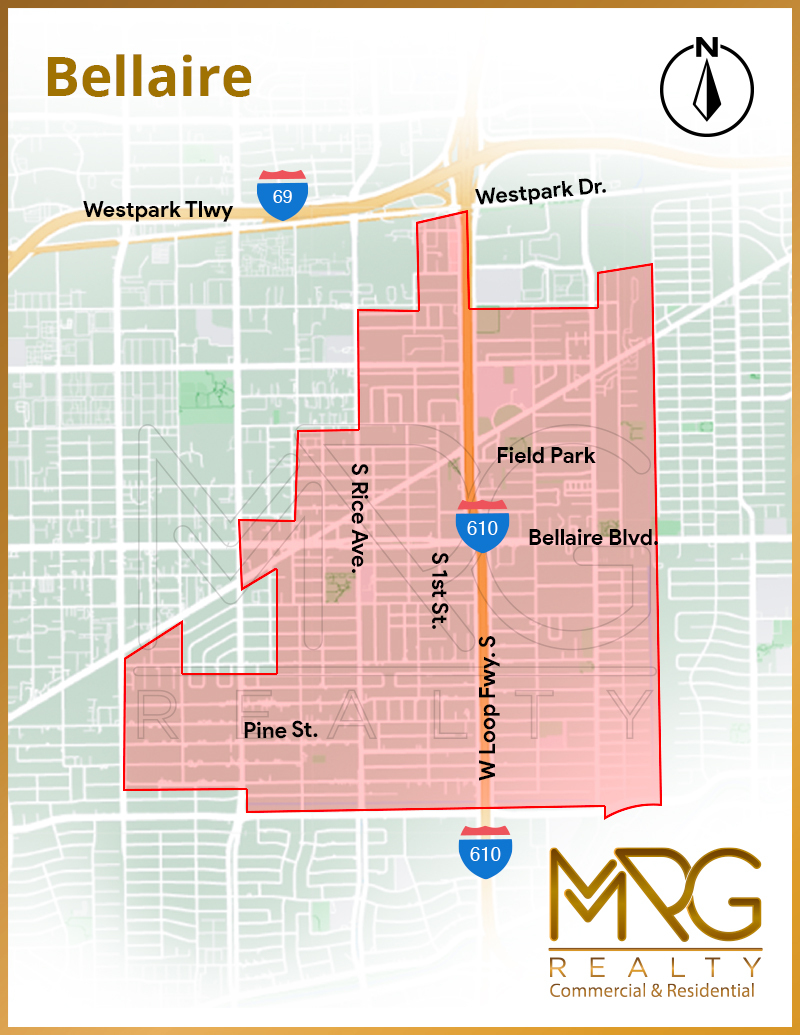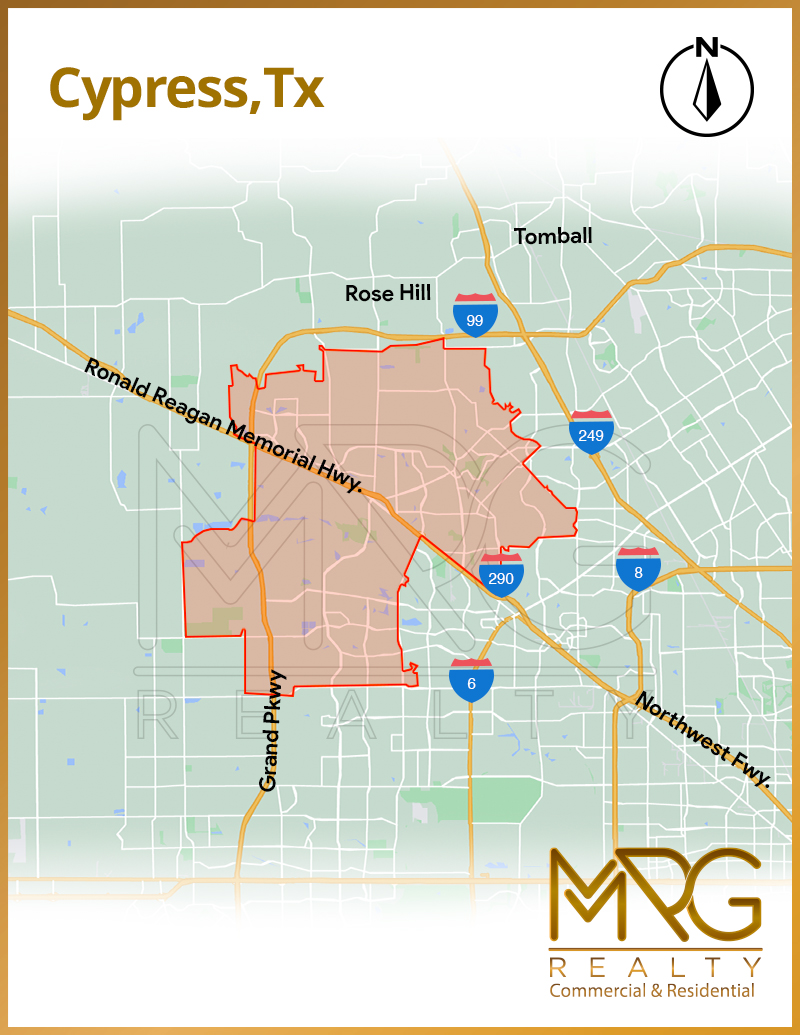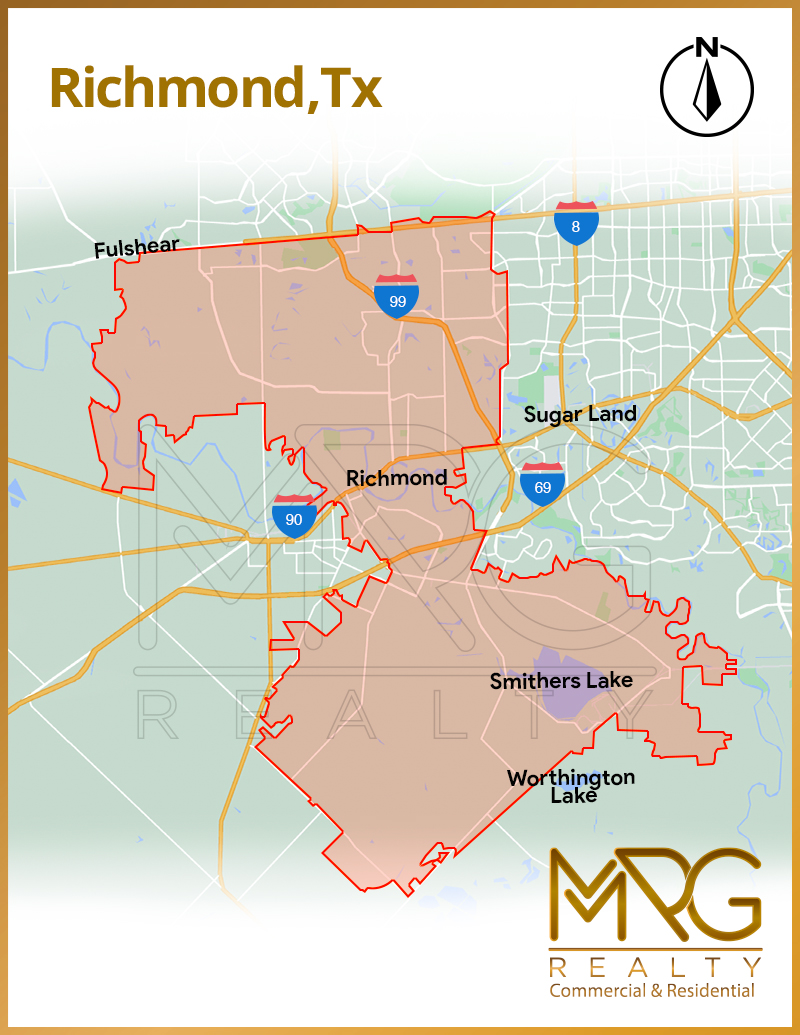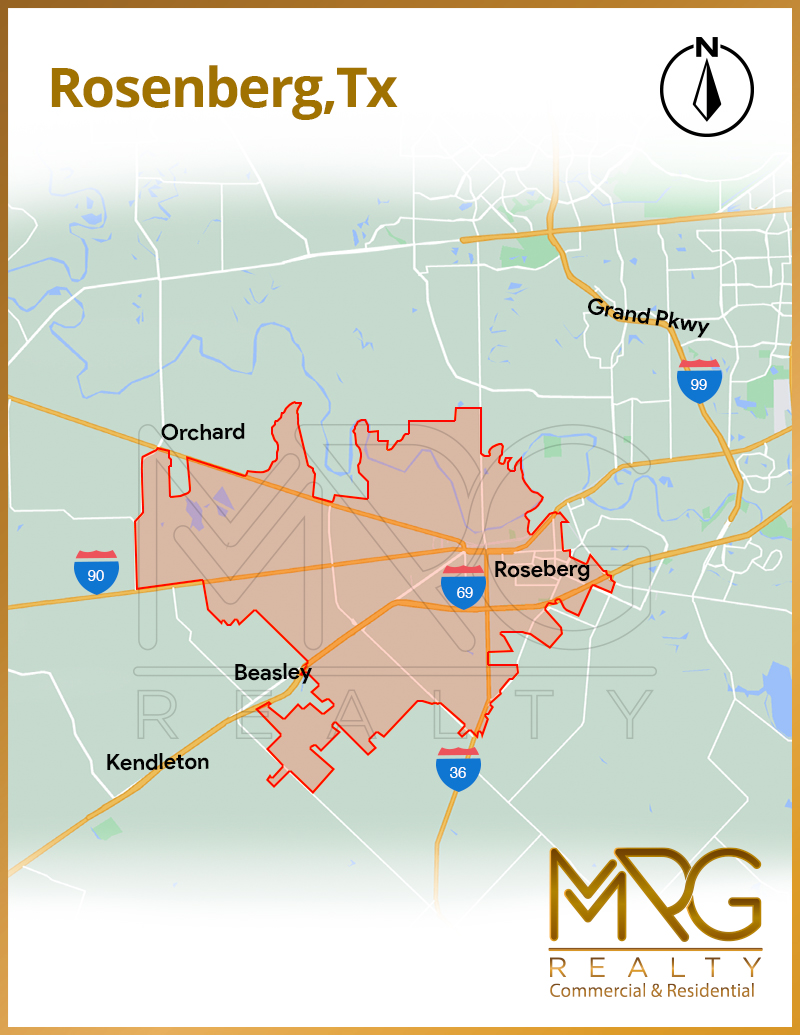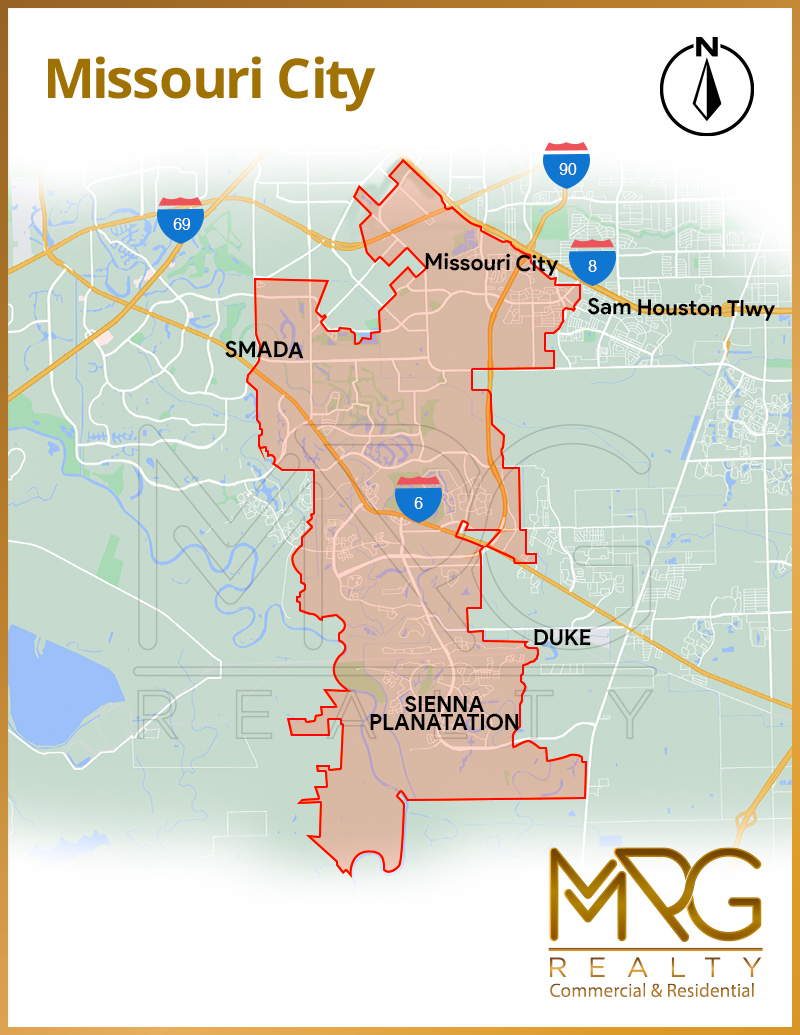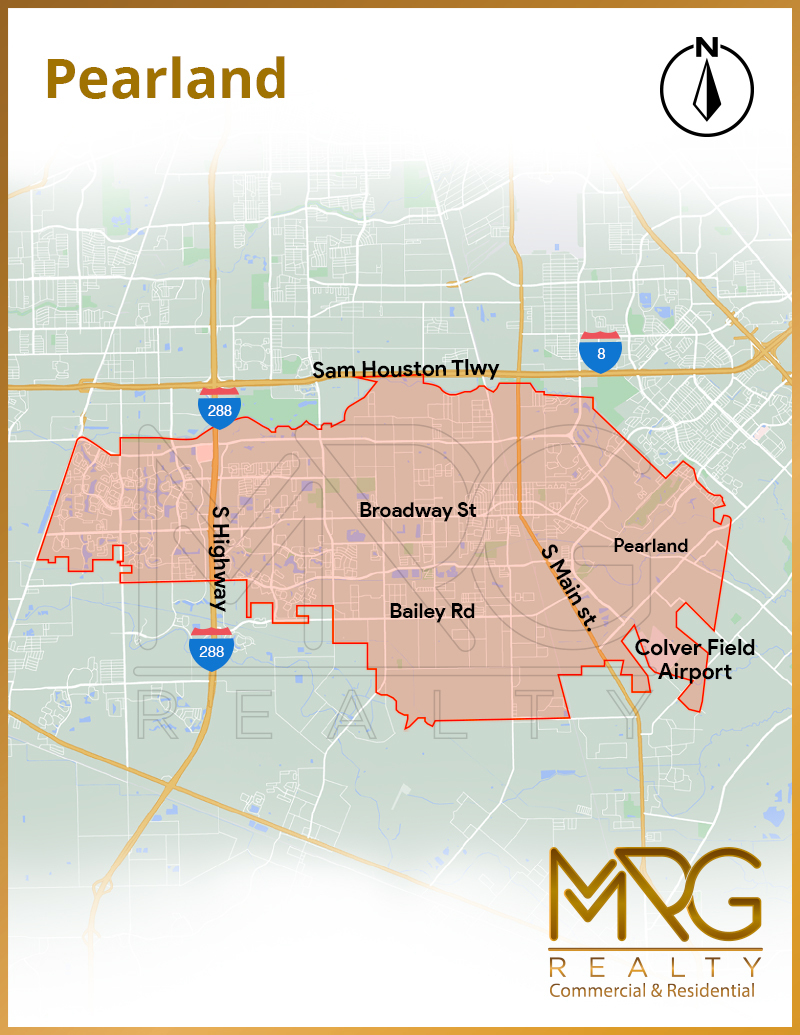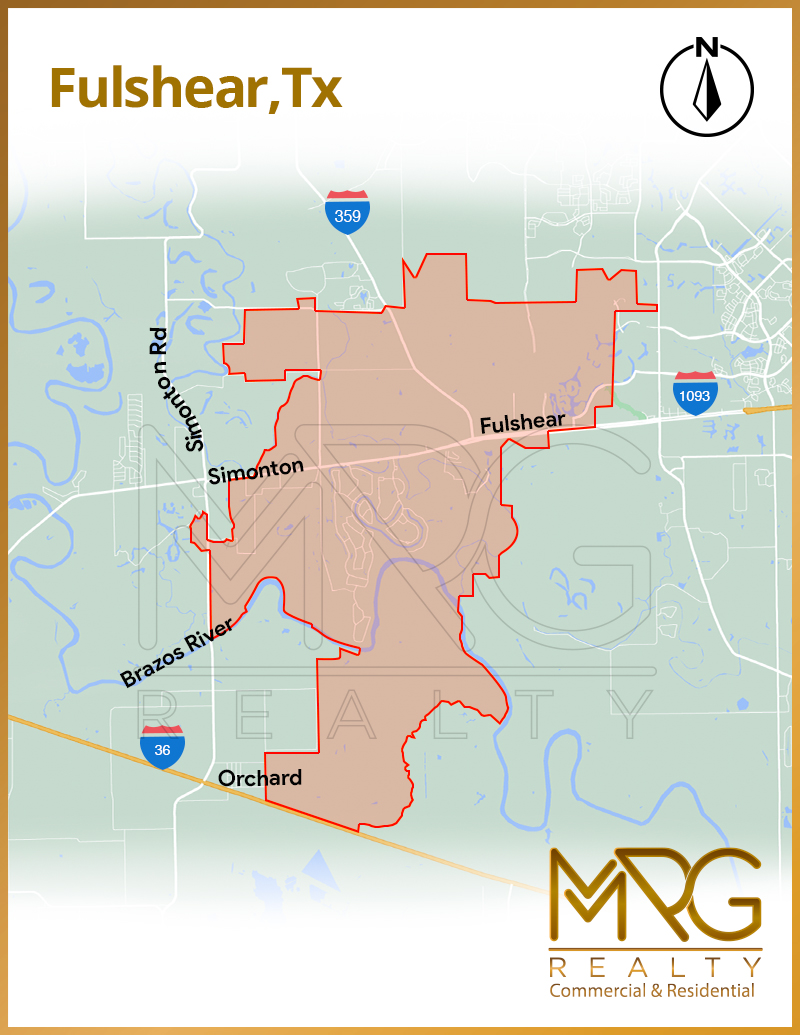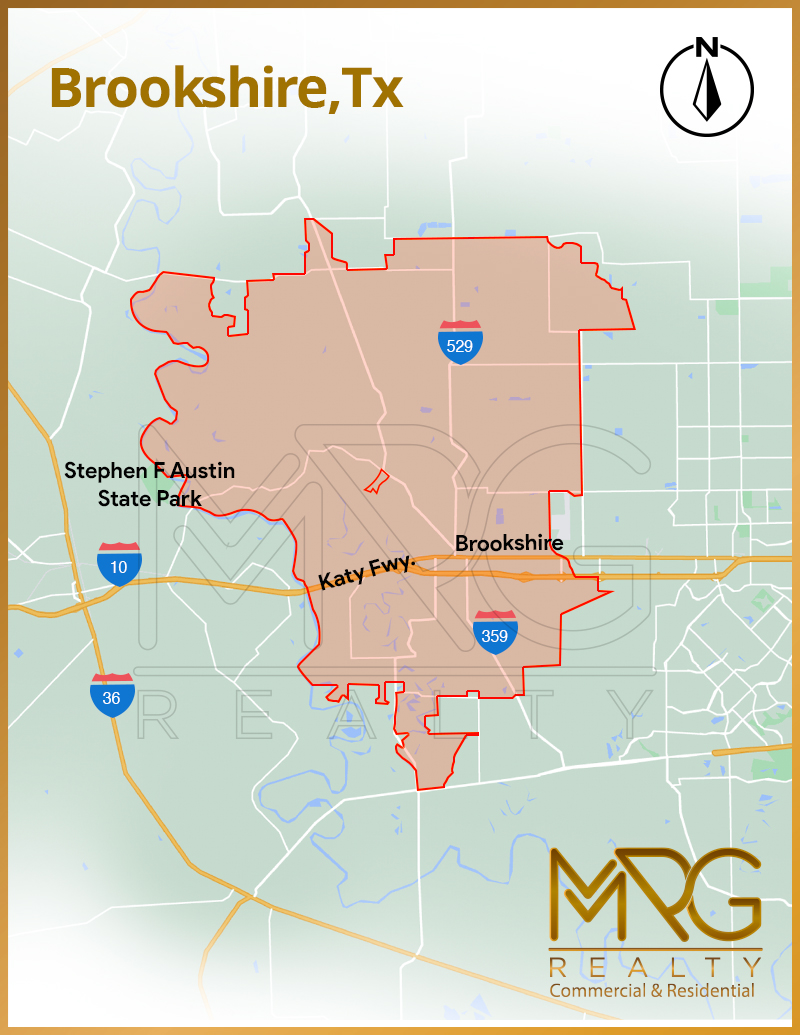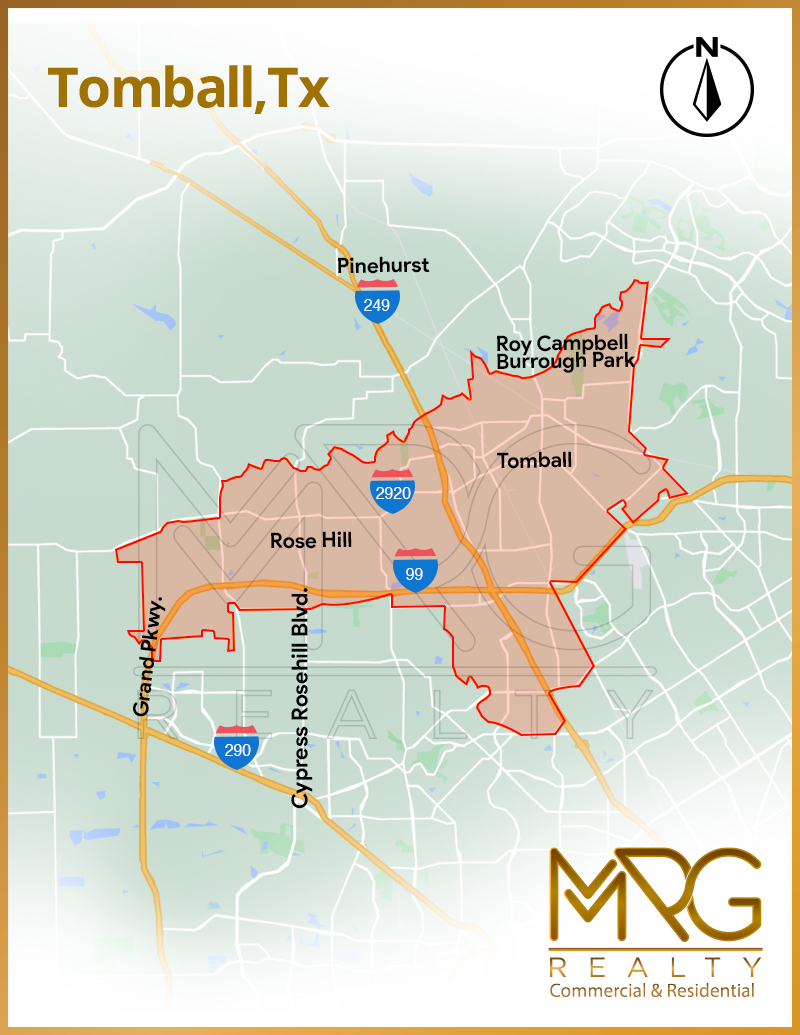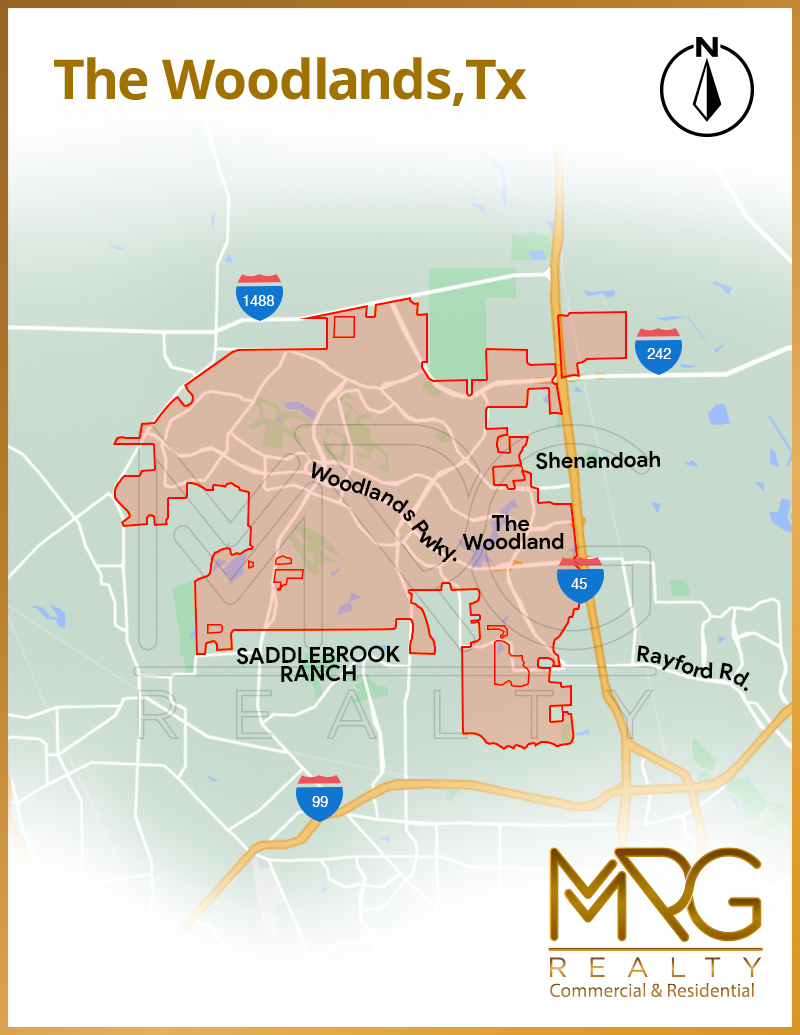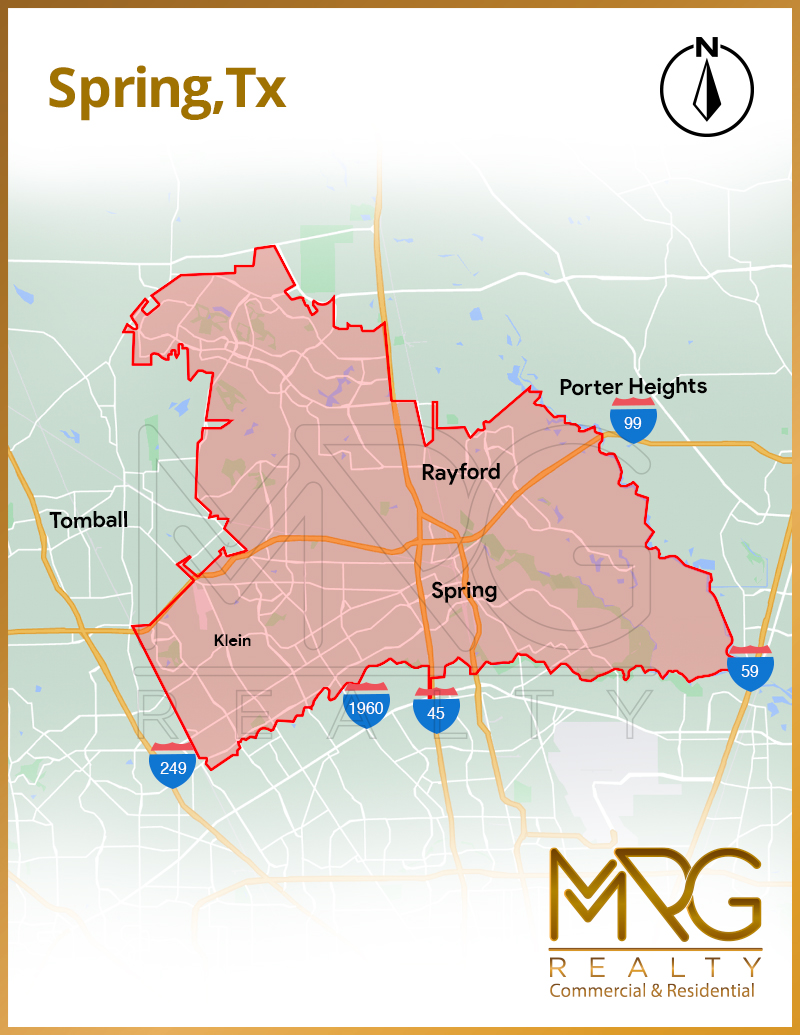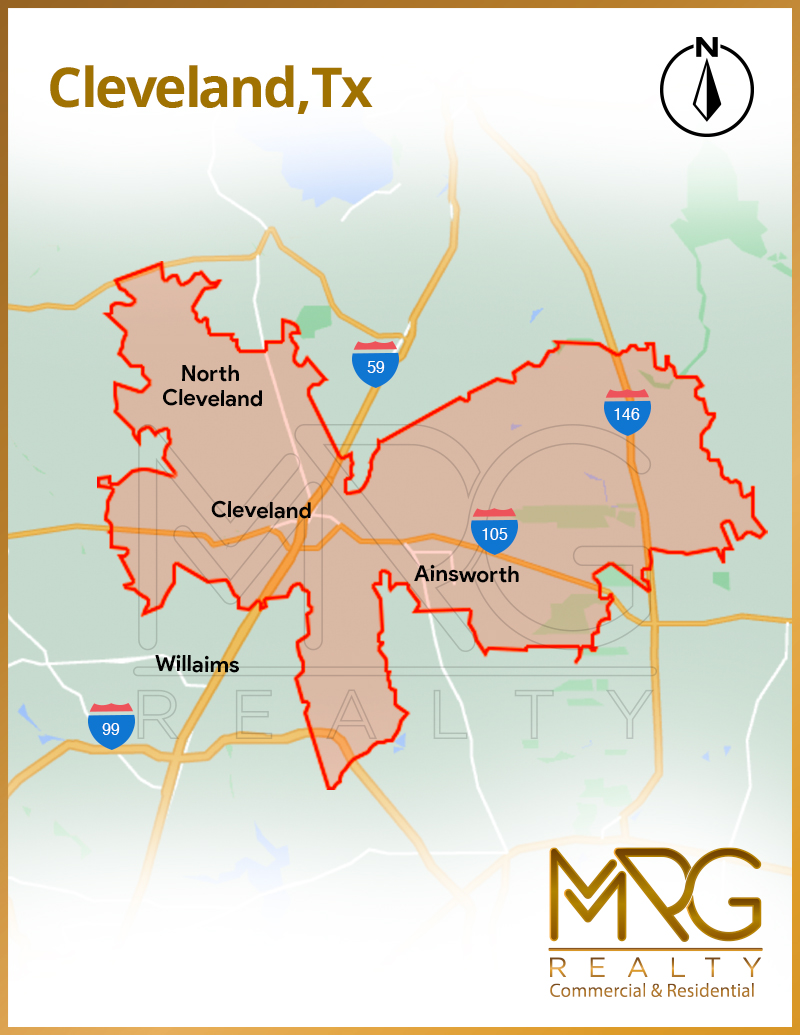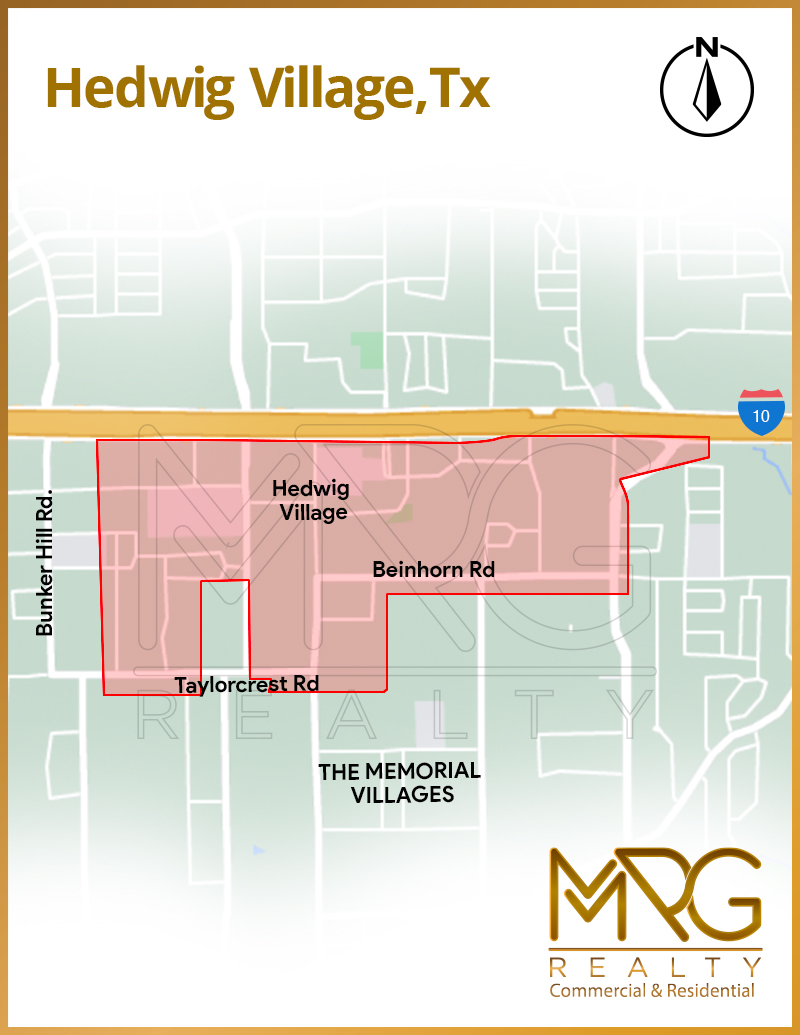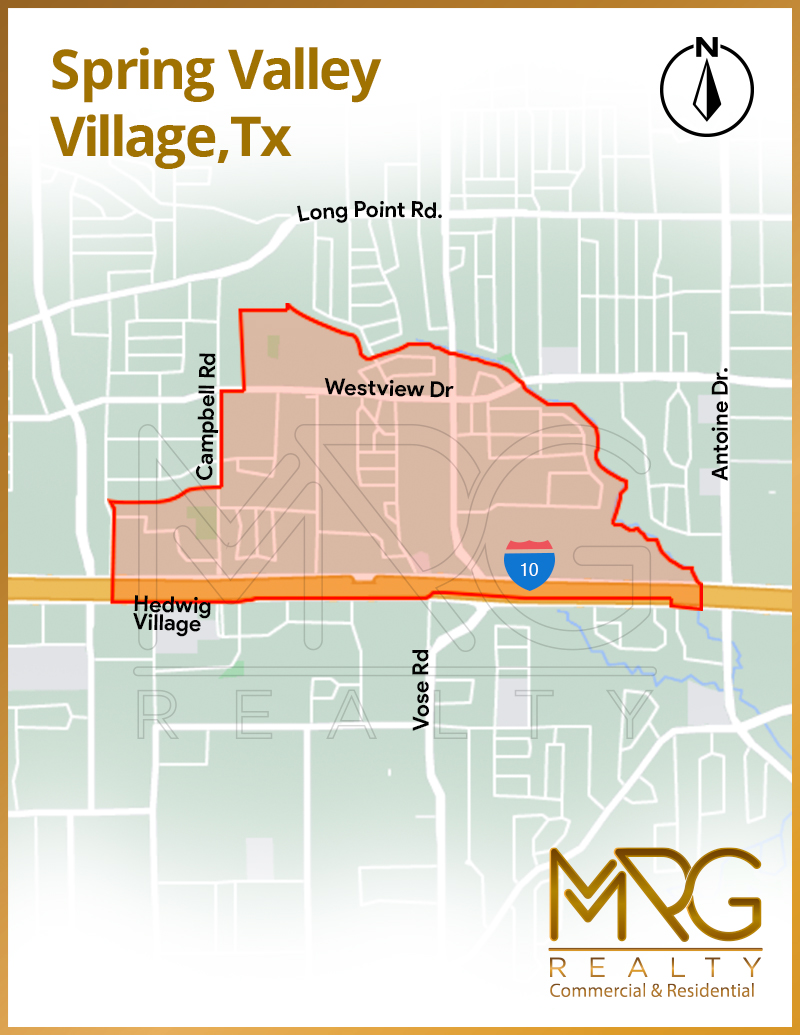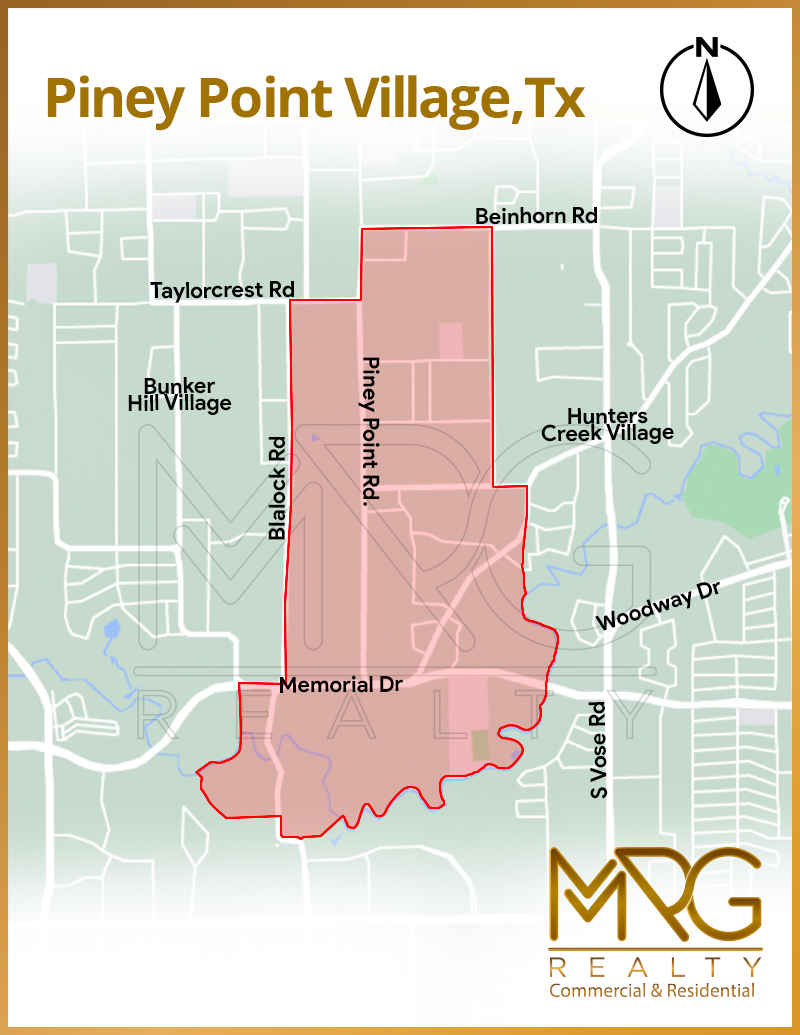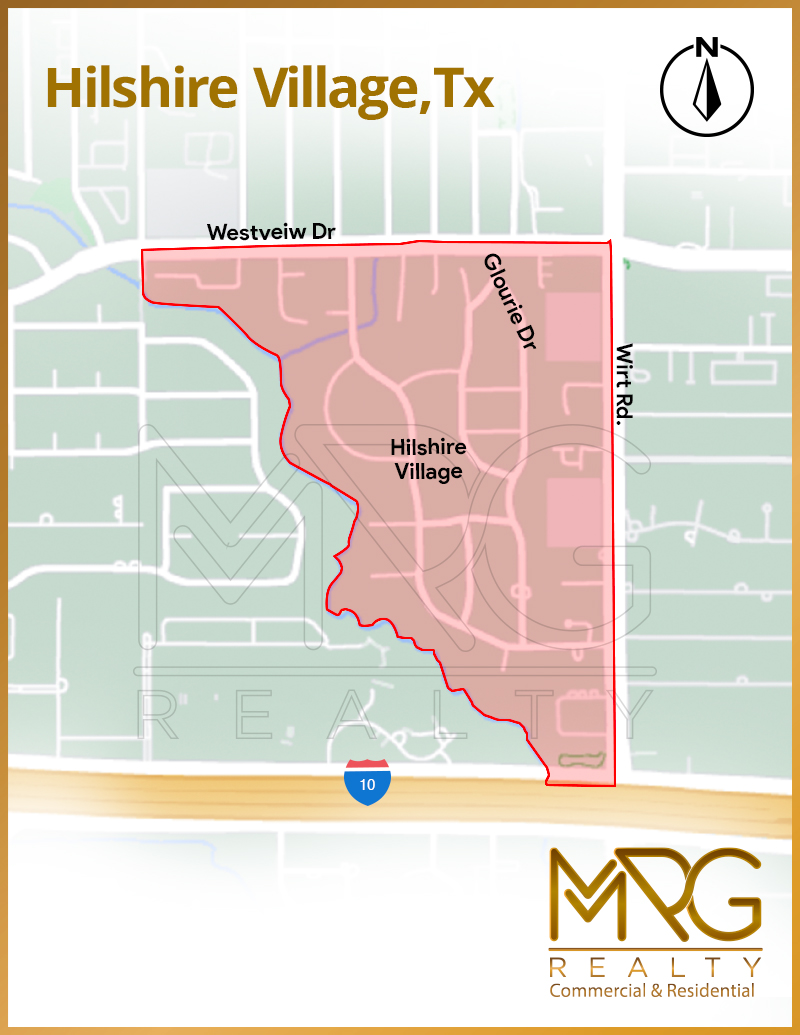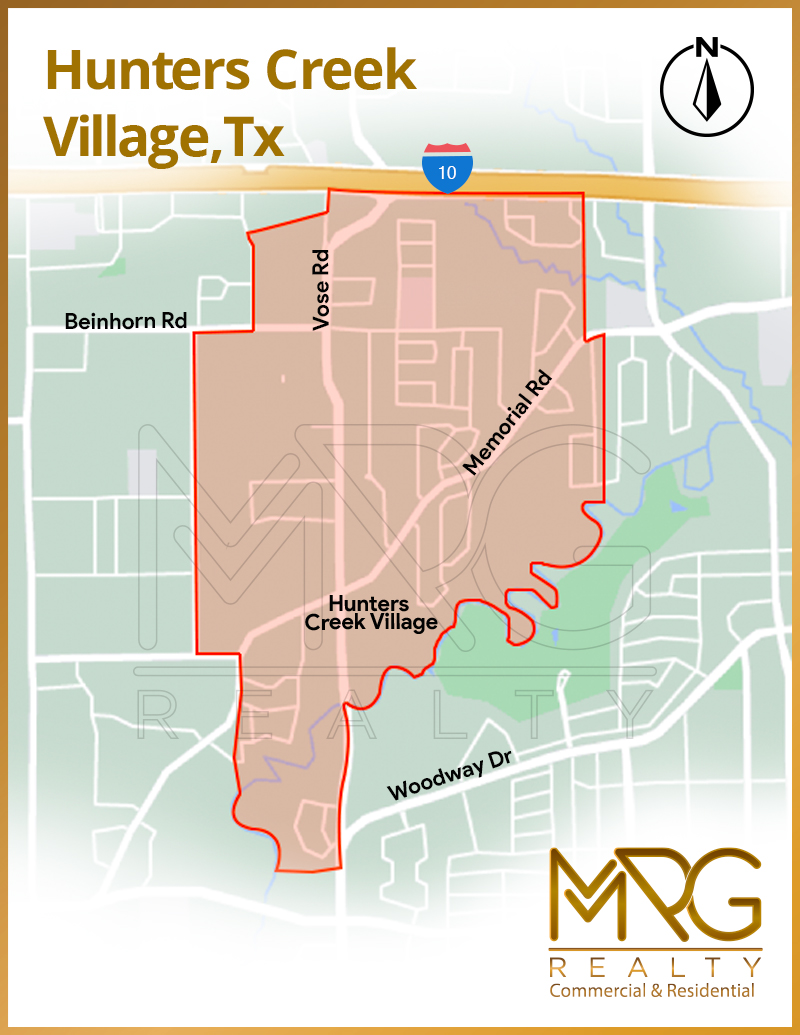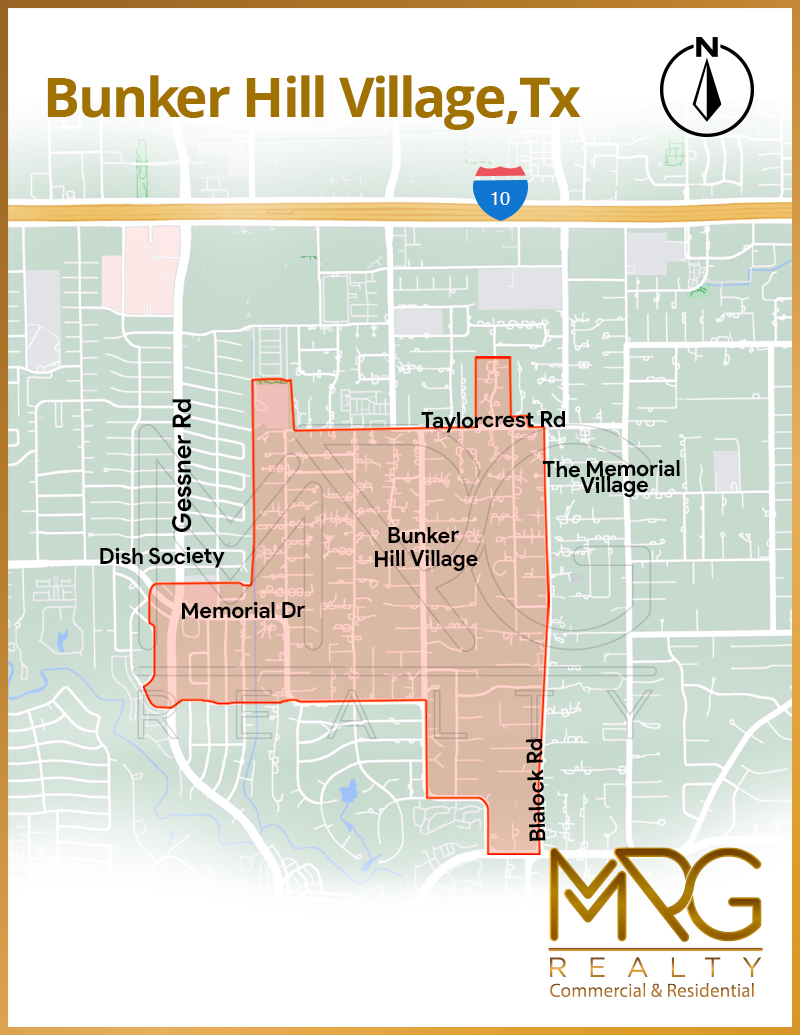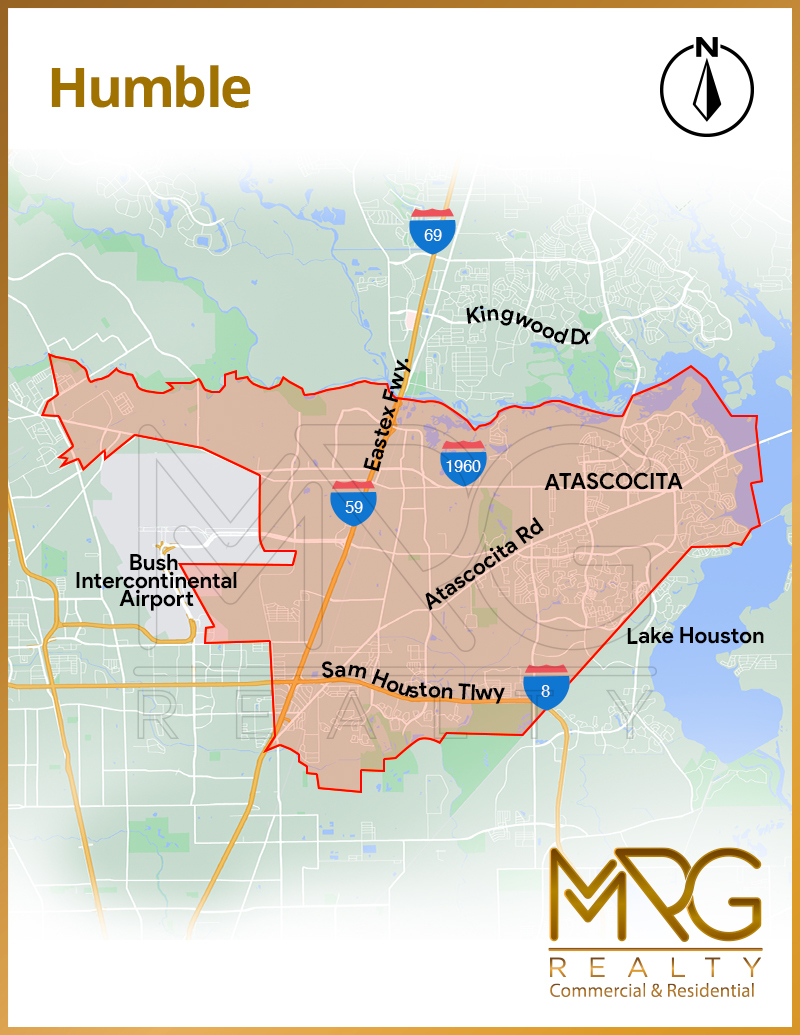Houston, Texas
Houston was founded on August 30, 1836, by brothers Augustus Chapman Allen and John Kirby Allen. They purchased over 6,642 acres near the headwaters of Buffalo Bayou for just over $1.40 per acre. The city was named after General Sam Houston, a key figure in Texas' independence from Mexico. Initially, Houston's growth was tied to its role as a commercial center, primarily driven by the cotton industry. Its real estate history reflects this growth, transitioning from a political boomtown relying on cotton and commerce to becoming a major metropolitan area. The economic base diversified over time, including energy, manufacturing, aeronautics, and transportation, contributing to its expansion and the development of its real estate market. Today, Houston is recognized as a significant economic and cultural hub, expected to become the third most populous U.S. city
Katy, Texas
Katy, Texas, was formally settled in the mid-1890s, evolving from a railroad town along the Missouri–Kansas–Texas (MKT) Railroad. The city was incorporated in 1945, with C. L. Baird serving as its first mayor.
The real estate market in Katy has seen various changes over the years. Recently, the housing market in Katy was described as somewhat competitive, with an average house price of $345K last month, marking a 1.6% decrease since the previous year. As of January 2024, Katy, Harris County, reported 65 homes for sale with a median price of $365,772, reflecting a decrease of 9.7% since last year. Furthermore, the market trends indicate there were 2477 active home listings and 213 new homes for sale in Katy, with homes selling for a median price of $482,450 in January 2022
Bellaire, Texas
Bellaire, Texas, was founded in 1908 by William Wright Baldwin, who was the president of the South End Land Company. Baldwin, a native of Iowa, established Bellaire and Westmoreland Farms after purchasing 9,449 acres with the intention of creating a residential community and an agricultural trading center
The real estate market in Bellaire has evolved significantly over the years. As of January 2024, there were 66 homes for sale in Bellaire, marking a 40.4% increase compared to December 2023. However, the Bellaire housing market experienced a decrease in home prices by 22.3% compared to the previous year, with homes selling for a median price of $864K in December 202】. By December 2023, the median listing home price in Bellaire was $1.1M, showing an 8.2% year-over-year increase, indicating a fluctuating yet robust market with a high value on properties
Cypress, Texas
Cypress, Texas, is an unincorporated community in Harris County, with its history deeply rooted in the Native American tribes, particularly the Atakapan, who inhabited the area. Cypress has evolved significantly from its early days, now recognized as part of the Houston-The Woodlands-Sugar Land metropolitan area
In terms of real estate, Cypress has seen considerable growth in recent years. As of January 2024, the Cypress real estate market had 1,126 homes for sale, marking an 11.9% increase compared to December 2023. The median sale price of a home in Cypress was $359K last month, reflecting a 6.3% increase since the previous year. Furthermore, the median sale price per square foot in Cypress is $160, up 7.4% from the previous year, indicating a healthy and growing real estate market
Richmond, Texas
Richmond, Texas, holds a significant place in Texas history, being one of the state's oldest cities. It was officially incorporated by the Republic of Texas in May 1837, making it among the first 19 cities to be incorporated by the short-lived Republic. The city was named after Richmond, England. Its early incorporation and establishment along the Brazos River, a key factor in its development, underscore its historical importance. The area around Richmond was settled in 1822, as part of Stephen F. Austin's "Old Three Hundred" colonization efforts, which marks the beginning of its rich history
Rosenberg, Texas
Rosenberg, Texas, is a city with a rich history dating back to its initial settlement around 1823 by Stephen F. Austin's Old Three Hundred. It earned the affectionate nickname 'Mudtown' due to the dirt streets and regular flooding from the Brazos River. The city, located within the Houston–The Woodlands–Sugar Land metropolitan area and Fort Bend County, was named for Henry Rosenberg, a prominent figure in its development.
The real estate history of Rosenberg reflects its growth from a rural settlement into a thriving community. Rosenberg has become known for its annual Czech Fest, celebrating the city's cultural heritage each May. The city's real estate landscape includes historic homes that showcase the history of generations dating back to 1824, providing a living demonstration of Rosenberg's development over the year
Missouri City, Texas
Missouri City, Texas, was officially registered in 1894, with its post office opening in 1897. This marks the formal establishment of the city, setting the stage for its development over the following decade. The origins of Missouri City's name date back to 1890 when real estate investors R.M. Cash and L.E. Luckel purchased four square miles of land southwest of Houston. This purchase laid the groundwork for the city's development and its name, which reflects the origins of its founders or perhaps their aspirations for the city's future.
The real estate history of Missouri City has seen significant growth and transformation, especially noted from the early 1960s with developments like Fondren Park in Harris County and Quail Valley along Cartwright Road. These areas represent early expansions that contributed to the city's growth. The housing market in Missouri City has experienced a notable increase in recent years, with homes selling for 11.6% more than the previous year as of January 2024. The median home sold price was reported at $357,382 in January 2024, indicating a robust and appreciating real estate market.
Pearland, Texas
Pearland, Texas, was first settled in the late 1880s and officially began to take shape as a community when the Gulf, Colorado, and Santa Fe Railways extended their lines through the area. Initially known as Mark Belt, the community saw the establishment of a post office in 1893, marking its official founding. Shortly thereafter, in November of the same year, the name was changed to Pearland due to the abundance of pear trees in the region, suggesting a fruitful and lush environment
The real estate history of Pearland began in earnest when William Zychlinski, seeing potential in the area, bought 2,560 prime acres of land surrounding the Mark Belt outpost along the Gulf, Colorado, and Santa Fe rail line in 1892. This purchase signaled the start of Pearland's development from a small railroad town to a bustling suburban destination. Over the years, Pearland has grown significantly, particularly noted by its expansion and development in the 20th and 21st centuries. Today, Pearland is recognized as a thriving city within Brazoria County, with portions extending into Fort Bend and Harris counties, reflecting its broad appeal and significant growth over time
Sugar Land, Texas
Sugar Land, Texas, has a rich history that dates back to its early settlers and its roots as a company town. In 1853, Benjamin Franklin Terry and William Jefferson Kyle bought the Oakland Plantation and renamed it Sugar Land, marking the beginning of the city's association with sugar production. They improved the sugar mill and the cotton gin, laying the groundwork for Sugar Land's economic development. The city was officially incorporated in 1959, transitioning from its company town origins to a rapidly growing and expanding city.
The real estate history of Sugar Land reflects its growth and expansion, with the city becoming somewhat competitive in the housing market. As of January 2024, Sugar Land's housing market showed a median price of $430,314 for homes for sale, indicating a 2.3% increase since the previous year. This growth is consistent with the city's development as a desirable residential area. Additionally, the median listing home price in December 2023 was reported at $464K, although it trended down by -2.3% year-over-year. These figures highlight the dynamic nature of Sugar Land's real estate market, influenced by its historical roots and modern growth.
Fulshear Texas
Fulshear, Texas, was established on July 16, 1824, as part of Stephen F. Austin's original Old Three Hundred, marking its foundation as one of the earliest settlements in Texas. The city was incorporated in the early 1980s, transitioning from a rural community to a city. Historically, Fulshear served as a marketing center for locally produced rice, cotton, soybeans, corn, poultry, and cattle, reflecting its agrarian root
The real estate history of Fulshear has seen significant changes, especially in recent years. As of January 2024, the median home sold price in Fulshear was $557,779, with the median price per square foot at $188. This indicates a slight increase of 0.4% from the previous year. However, in December 2023, Fulshear home prices saw a decrease, down 5.0% compared to the previous year, selling for a median price of $475K. Homes in Fulshear, on average, sell after 80 days on the market. The market trends suggest a dynamic real estate landscape in Fulshear, reflecting its growth and the evolving preferences of homebuyers
Brookshire, Texas
Brookshire, Texas, has its roots deeply embedded in the state's early history. The town is named after Captain Nathen Brookshire, who received a land title in 1835 as part of Stephen F. Austin's fifth colony. This land grant laid the groundwork for the development of Brookshire. For many years, Brookshire maintained the characteristics of a very small town and farming community, indicative of its agrarian beginnings. It wasn't until May 24, 1946, that the City of Brookshire was officially incorporated, amalgamating both the Kellner and the Brookshire/Drew plats into one municipality
Regarding the real estate history of Brookshire, detailed records of its evolution over time are not specified in the provided sources. However, its late incorporation in 1946 suggests a transition from a primarily agricultural community to a more structured urban development post-incorporation. The city's growth and development have likely mirrored the broader trends in Texas, with gradual expansion and increased real estate development as part of the greater Houston area's outward growth. Brookshire's history as a small town and farming community has undoubtedly influenced its real estate landscape, transitioning over time to accommodate residential, commercial, and industrial growth in alignment with the region's overall development trends.
Tomball, Texas
Tomball, Texas, has a rich history that traces back to the mid-1800s when it was first settled by German immigrants. The settlement began in the area due to its fertile land and adequate rainfall, making it an ideal location for farming and community development. Tomball was officially incorporated on July 6, 1933, and earned the nickname "Oil Town U.S.A." following the discovery of oil, which significantly influenced its population and economic growth. At the time of incorporation, Tomball had a population of 665.
The real estate history of Tomball reflects its development from a small farming community to a desirable suburb of Houston. The city's real estate market is highly sought after by those who work in Houston due to its historic charm, community feel, and the variety of homes available. Being an older town founded in the early 19th century, Tomball offers a mix of both historical and modern homes. As of July 2023, the average listing price in Tomball was $517,602, indicating a vibrant and active real estate market that continues to attract buyers looking for a blend of suburban comfort and access to Houston's resource
The Woodlands, Texas
The Woodlands, Texas, was founded by oil entrepreneur and philanthropist George Mitchell with a vision of creating an all-encompassing community integrated with natural surroundings. This vision came to life when The Woodlands celebrated its grand opening on October 19, 1974, introducing this new community to the Houston marketplace
The foundation of The Woodlands dates back to 1964 when George Mitchell acquired the land from the Grogan Cochran Lumber Co., including 2,800 acres that would become the core of The Woodlands. This acquisition marked the beginning of the development process that would eventually lead to the creation of a master-planned community
The real estate history of The Woodlands has been characterized by its growth from a fledgling outpost of the Greater Houston area into a thriving community where people live, work, and play. Initially conceived in the early 1960s, George P. Mitchell attended a symposium on "The Future of Cities" which inspired him to create a community that offered a high quality of life while preserving the environment. Over the years, The Woodlands has evolved into a premier residential and business destination, attracting a diverse population
Spring, Texas
Spring, Texas, boasts a rich history that dates back to the early 19th century, with its initial settlement by German immigrants. This area is known for its many historic buildings, a testament to its longstanding community. Founded in 1837, Spring is one of the oldest towns in Texas, and by 1840, it had a population of just 153 residents.
In terms of real estate history, Spring has evolved significantly from its early days. Old Town Spring, the historical heart of the city, features buildings that are over a hundred years old, now repurposed as charming shops that attract visitors for their unique shopping experience. The establishment of the Spring State Bank in 1912 marks an important point in Spring's development. Although it faced several robberies in the 1930s, a notable part of its lore, it signifies the growth and economic activity in the area during that period.
Spring's reputation for its convenient location, historical Old Town Spring shopping, parks, and community facilities has made it a desirable place for real estate investment and residential living. Its transformation from a small settlement to a thriving suburb of Houston highlights its significant growth and development over the years
Cleveland, Texas
Cleveland, Texas, began forming in the late 19th century, with a significant development occurring after 1878. The town's establishment was facilitated by Charles Lander Cleveland, a local judge, who deeded 63.6 acres of land to the Houston, East, and West Texas Railway for one dollar, with the stipulation that the town be named after him. While settlers were present in the area as early as 1832, Cleveland itself was founded as a township around 1885, marking the start of its official history
The real estate history of Cleveland, Texas, has seen significant growth, particularly in recent years. As of January 2024, homes in Cleveland sold for 30.5% more than the previous year, with the median home sold price reaching $241,496, indicating a robust increase in property value. However, by December 2023, there was a notable shift, with Cleveland home prices down 10.2% compared to the previous year, selling for a median price and showing a dynamic and fluctuating real estate market. The median listing home price was $250K in December 2023, trending down -1.2% year-over-year, reflecting the market's adjustments and the evolving demand within Cleveland's housing market.
Hedwig Village, Texas
Hedwig Village, Texas, was incorporated on December 23, 1954, as part of a movement by citizens living on the west side of Houston. These citizens were concerned about the lack of zoning in their area and gathered to incorporate their own cities to address this issue. Following its incorporation, Hedwig Village established a zoning ordinance in 1955, which helped shape its development and maintain its community structure separate from Houston's expansive growth.
The real estate in Hedwig Village is characterized by its single-family homes, which are one of the neighborhood's highlights. The area features homes with lot areas ranging from 10,000 to more than 30,000 square feet, catering to a variety of preferences and needs. This emphasis on single-family homes within specific zoning guidelines reflects Hedwig Village's commitment to maintaining a certain quality of life and community atmosphere.
Spring Valley Village, Texas
Spring Valley Village, Texas, located in Harris County, is a city with a history that traces back to its incorporation in 1955. The city, initially comprising an area of 1½ square miles, was one of the six Memorial Villages formed during this period by citizens concerned about the encroaching development of Houston and the desire to preserve a certain quality of life through zoning and local governance.
As of December 2023, the real estate market in Spring Valley Village has seen significant growth, with home prices up 59.9% compared to the previous year, selling for a median price of $1.3M. This dramatic increase indicates a highly desirable residential area within the Houston metro, characterized by its affluent nature and the high value of its properties.
The city is part of the enclave of Houston, distinguishing itself with a population of 4,229 at the 2020 U.S. census. Its development from a small incorporated area to a thriving community reflects its evolution alongside the broader growth of the Houston metropolitan area.
Piney Point Village, Texas
Piney Point Village, Texas, began its history in 1885 as a station on the Texas Western Railroad and was part of a settlement of largely German farmers. By 1936, it was recognized on state highway maps, marking its presence in the area well before its incorporation. The name "Piney Point" itself originates from a grove of tall pines at a southward bulge of Buffalo Bayou, serving as a landmark for early Texan colonists.
Piney Point Village was incorporated in 1955, adopting an alderman type of municipal government. This incorporation was part of a broader movement among several communities known collectively as the Villages, aimed at establishing more localized governance on the west side of Houston.
Regarding its real estate history, Piney Point Village is recognized as a deed-restricted independent city within the affluent Memorial Villages. It features some of the most expensive real estate in the area, highlighting its development into a premier residential community. Piney Point Village's strict zoning and development restrictions have contributed to its status as a highly desirable place to live, maintaining its character and appeal over the years.
Hilshire Village, Texas
Hilshire Village, Texas, traces its origins to the late 1940s when Frank Bruess and his mother moved from Missouri and purchased 30 acres of land near Houston. This acquisition laid the foundation for what would become Hilshire Village. The development of this community began with Bruess's vision, inspired by his visit to the Hilshire area near the England-Germany border, which influenced the naming of the development 'Tall Pines' and eventually the city itself.
Hilshire Village was officially founded in 1955, establishing itself as an urban oasis nestled inside Houston, in Harris County. Covering an area of about one-third of a square mile, the city is characterized by its unique wooded terrain, hidden ravines, and Spring Branch Creek, supporting a diverse range of wildlife and vegetation.
The real estate in Hilshire Village reflects its history and geographical features, with homes situated in a scenic environment that combines urban living with a touch of nature's tranquility. As part of the affluent Memorial Villages, Hilshire Village homes are sought after for their location, setting, and quality of life, contributing to interesting real estate trends in this exclusive enclave.
Hunters Creek Village, Texas
Hunters Creek Village, Texas, is a city located in Harris County, part of the Greater Houston metropolitan area. It was incorporated in 1954, establishing a mayor-alderman city government. The community's incorporation was aimed at maintaining local control and preserving the area's character, responding to the growing urbanization of Houston.
Since its incorporation, Hunters Creek Village has developed into one of the affluent cities within the Houston area, known for providing residents with an urban feel while offering the luxuries of spacious and high-end living environments. The city's population was 4,385 at the 2020 census, reflecting a tightly-knit community that values its quality of life and local governance.
The real estate in Hunters Creek Village is characterized by luxury homes and large lot sizes, catering to those seeking an upscale residential experience. The area's real estate market has flourished over the years, making it one of the most desirable places to live in the Houston region. Home to more than 4,800 people, the city allows residents to experience the comforts of suburban living with close proximity to the amenities and opportunities of the larger Houston metropolitan area.
Bunker Hill Village, Texas
Bunker Hill Village, TX, part of the Houston metropolitan area, was founded in 1954. It's an affluent community with a focus on maintaining a quiet, wooded environment. The city prides itself on its 1,250 homes, reflecting a tight-knit community that values privacy and serenity. Bunker Hill Village's proximity to major destinations like Downtown Houston adds to its appeal. While the exact distance isn't provided in the search results, its location within the Houston metropolitan area suggests a convenient commute to city centers and key attractions, making it an attractive choice for those seeking suburban tranquility with city access.
The real estate market in Bunker Hill Village, Texas, is characterized by its competitiveness and dynamic growth. It's part of a well-established, affluent community that appeals to buyers looking for luxury and exclusivity. The area is known for its high-end properties, with homes featuring spacious designs and premium amenities. This market attracts a mix of families and professionals who are drawn to the serene, wooded environment and the quality of life it offers.
Humble, Texas
Humble, Texas, has a rich history that dates back to the early 1800s, with the first settlers moving into the area during this period. Joseph Dunman is thought to be the first person to settle in what would become Humbl】. The city was named after one of its original founders/settlers, Pleasant Smith Humble, who opened the first post office in his home and later served as a justice of the peace. He was also a San Jacinto River ferry operator who arrived before the 1870s, making him a key figure in the early development of the community.
Humble was officially founded in 1886 and originated as a crossroads community. It became a pioneer oil boom town, significantly shaped by the oil industry's development in the early 20th century. This history of oil discovery and production played a pivotal role in its growth and development, transforming Humble from a small community into a bustling town.
The real estate history of Humble, Texas, reflects its transition from a crossroads community to a vibrant city within the Houston metropolitan area. As the city evolved, the real estate market expanded to accommodate the growing population and economic activities related to the oil industry. Today, Humble continues to offer a diverse range of housing options, from historic homes that reflect its early beginnings to modern developments that cater to contemporary lifestyles. This blend of old and new characterizes the city's real estate landscape, making it a unique place to live within the greater Houston area.


